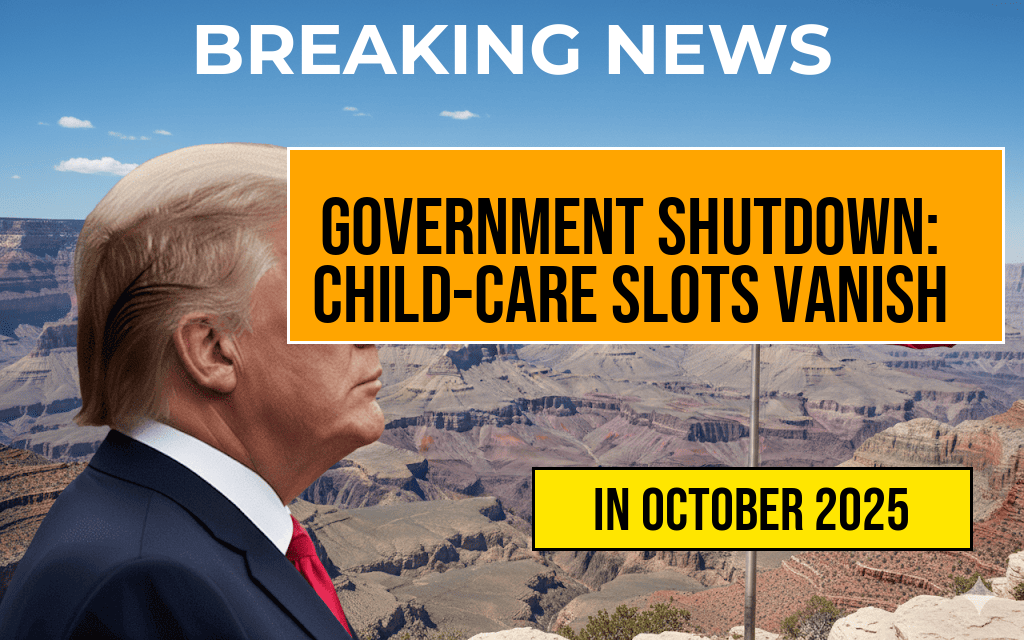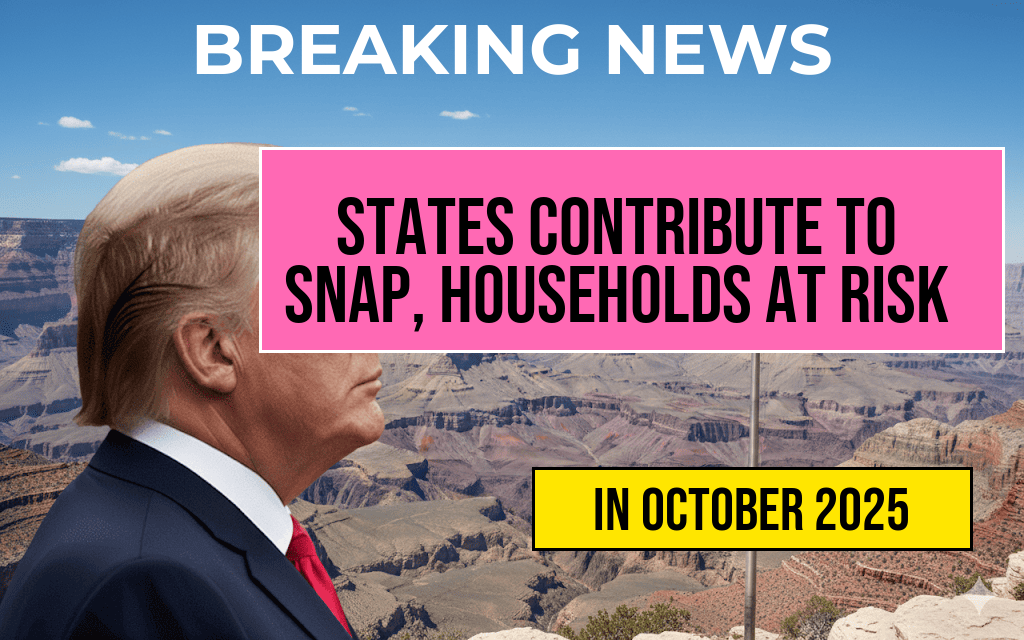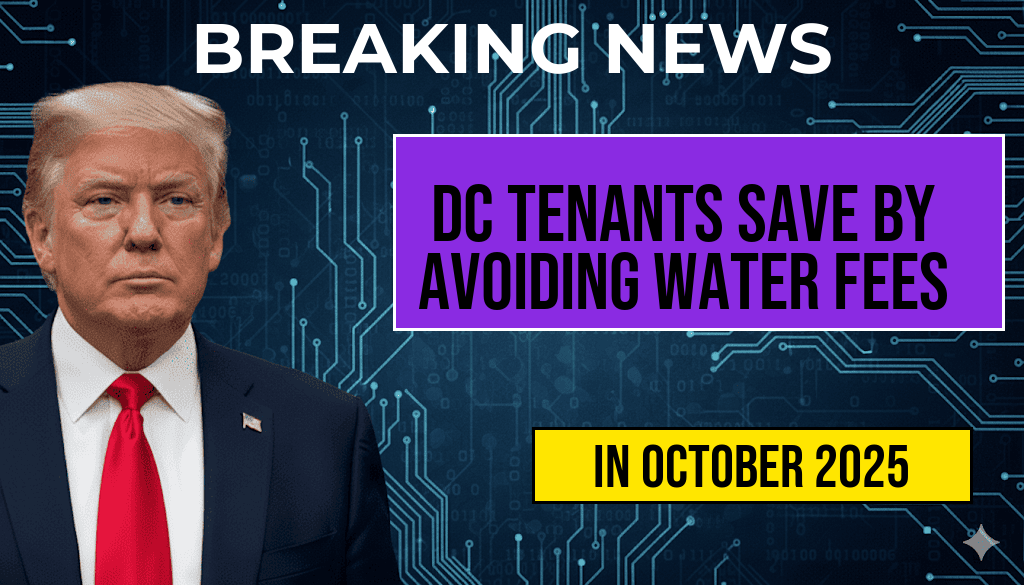As states grapple with budget constraints, a significant shift in funding for the Supplemental Nutrition Assistance Program (SNAP) is underway. Recent legislative changes mandate that states contribute directly to SNAP costs, which could jeopardize the financial stability of millions of households across the nation. Over the next decade, experts estimate that this policy could lead to a staggering $30 billion reduction in benefits, placing an added burden on low-income families already facing economic hardships. With food insecurity on the rise, the implications of this funding shift are profound, prompting concerns from advocates and policymakers alike.
Understanding the New SNAP Funding Structure
The recent legislation requires states to allocate a portion of their budgets to SNAP, a program traditionally funded at the federal level. This change aims to encourage local governments to take a more active role in addressing food insecurity within their communities. However, many states are already struggling to balance their budgets, raising fears that they may cut back on essential services, including SNAP.
Potential Impact on Households
The ramifications of this decision could be severe for low-income households that rely on SNAP benefits to purchase food. In 2022, approximately 41 million Americans benefited from SNAP, receiving an average of $257 per month. Experts fear that reduced funding could lead to cuts in benefits, making it increasingly difficult for families to afford basic necessities.
Economic Context
- Rising Inflation: The cost of essential goods, including food, has surged, making SNAP more critical than ever.
- Employment Challenges: Many low-income families are still recovering from job losses due to the pandemic, exacerbating their reliance on assistance programs.
- Budget Constraints: States face difficult decisions as they navigate shrinking revenues and increasing demand for social services.
Advocacy and Response
Food and nutrition advocates are sounding the alarm about the potential consequences of this funding shift. Organizations such as the Feeding America and the No Kid Hungry campaign emphasize that cuts to SNAP could lead to increased food insecurity rates, particularly among children. The ripple effect of reduced benefits may extend beyond individual households, impacting local economies and public health.
Legislative Outlook
While some policymakers argue that state contributions will lead to better-targeted assistance, others remain skeptical. Critics point out that states may opt to cut SNAP funding to allocate resources elsewhere, which could result in a patchwork of benefits that varies significantly from one state to another. As discussions continue, the future of SNAP funding remains uncertain.
State-by-State Analysis
| State | Projected Annual Contribution ($) | Estimated Households Affected |
|---|---|---|
| California | $5 billion | 1.5 million |
| Texas | $3 billion | 1.2 million |
| Florida | $2 billion | 800,000 |
| New York | $4 billion | 1 million |
Future Considerations
As states begin to implement these changes, communities across the country will be watching closely. Advocates are calling for increased transparency and accountability in how state funds are allocated and urging lawmakers to consider the long-term effects of reduced SNAP funding on vulnerable populations. With food security a pressing issue, the stakes are high for millions of American families.
In light of these developments, it is imperative for stakeholders at all levels to engage in meaningful dialogue about the future of SNAP and ensure that the program continues to serve its intended purpose: alleviating hunger and promoting nutrition for those in need.
Frequently Asked Questions
What is SNAP and why is it important?
SNAP, or the Supplemental Nutrition Assistance Program, is a federal assistance program that helps low-income households afford nutritious food. It plays a critical role in combating food insecurity and ensuring that vulnerable populations have access to essential nutrition.
How will state contributions affect SNAP funding?
As states begin contributing to SNAP costs, there is a concern that this could lead to reduced federal funding. Households may face a potential loss of up to $30 billion in benefits over the next decade, impacting their ability to purchase food.
What are the potential consequences for households reliant on SNAP?
The potential loss of $30 billion in SNAP benefits could severely affect households, leading to increased food insecurity, poorer health outcomes, and greater reliance on emergency food services as families struggle to meet their nutritional needs.
Are there alternatives for households if SNAP benefits decrease?
If SNAP benefits decrease, households may need to explore other resources, such as food banks, community assistance programs, and local charities that provide food support to those in need.
What actions can be taken to advocate for SNAP funding?
Individuals can advocate for SNAP funding by contacting their local and state representatives, participating in community discussions, and supporting organizations that work to protect and expand access to nutrition assistance programs.













